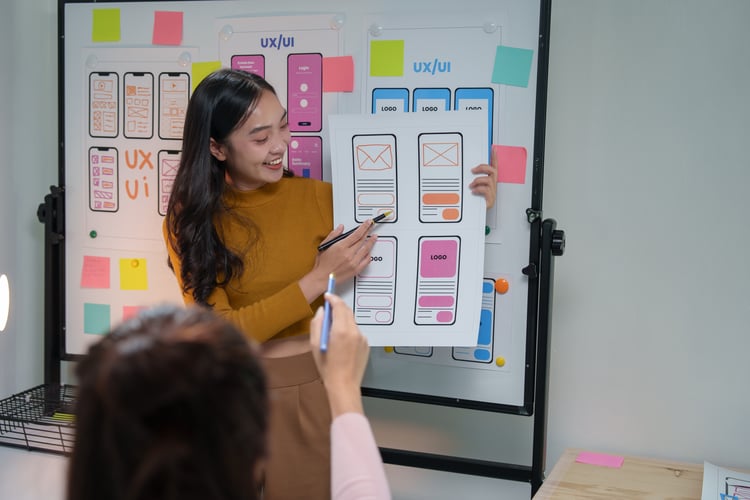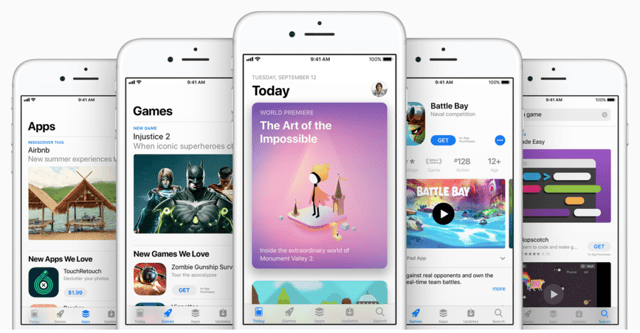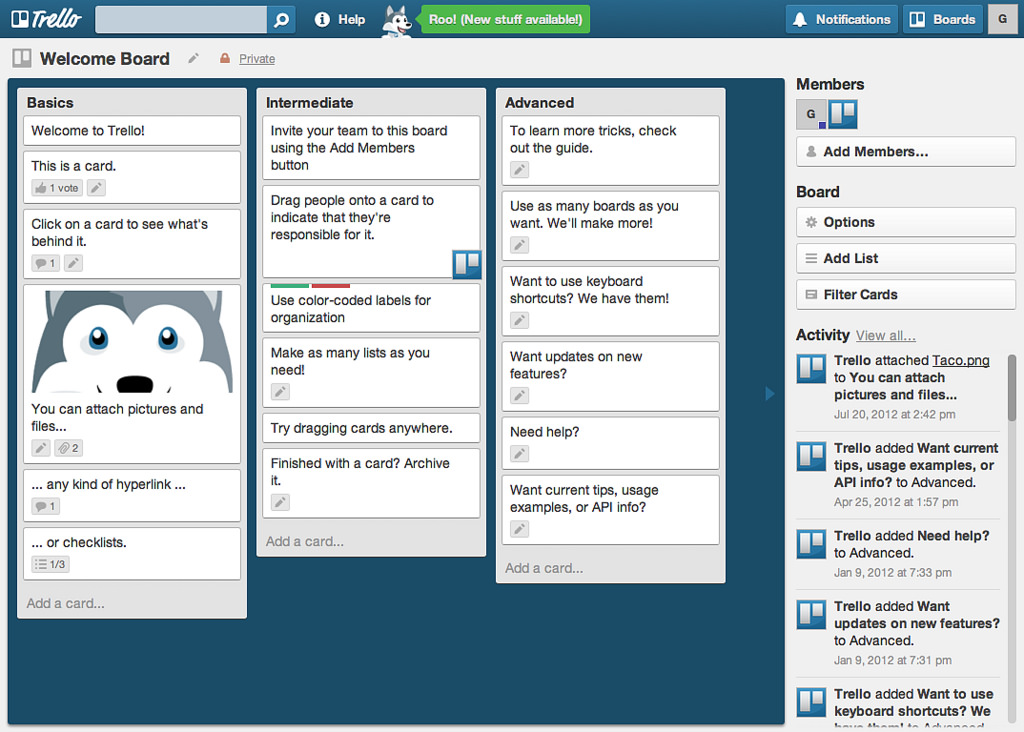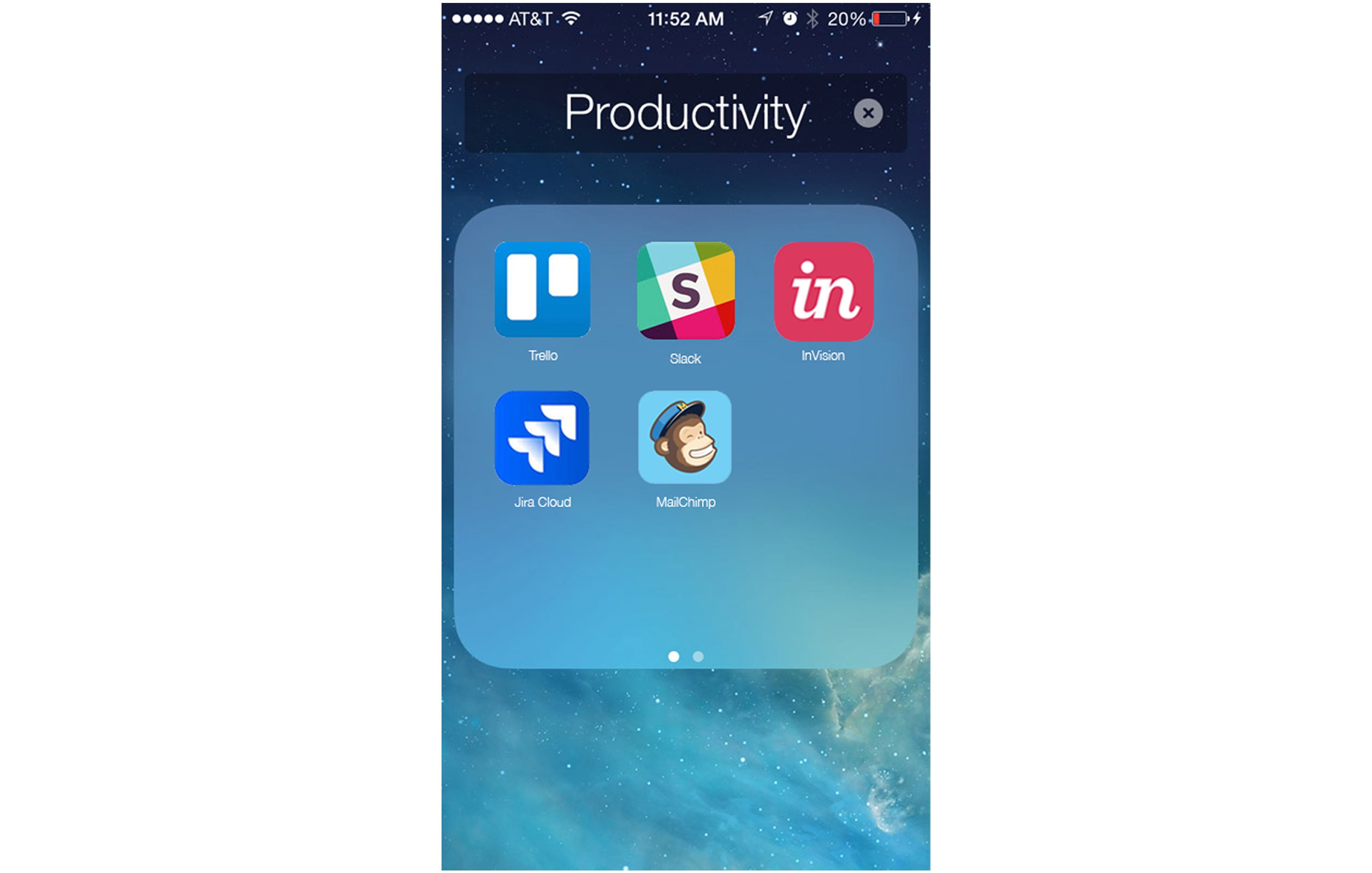
How Long Does It Take To Build an App
Written by Mark Coulstring
Apps come in all shapes and sizes, so there is no single answer for how long it takes to build an app. However, the majority of apps are completed within 4-6 months. This timeframe typically represents the time required to design and develop the Minimum Viable Product (MVP). The complex apps that you are most likely familiar with – Facebook, Instagram, Pinterest – have been worked on and improved for many years.
There are certain apps that can take less than 4 months and some that take more than 6 months. At Seamgen we’ve done them all! An app could also take well over a year to get designed and developed. It all comes down to the features and functionality you want to include.
There are many factors that influence how long it takes to build an app. We won’t discuss them in depth in this article, instead, we will break down an existing app and its components. This should provide you with a general idea of the correlation between complexity and project timeline. All costs aside.
How Long Does It Take to Build an App?
There are thousands of apps on the app stores that are poorly designed, frustrating to use, unnecessarily complex, and most likely created by amateurs. These apps likely took weeks to build or maybe a month or two at the most. If you’ve ever interacted with such an app, you probably realized immediately and deleted it. They’re just not good.

Source: Apple
The apps that you enjoy using every day – Facebook, Instagram, Snapchat, etc. – invested thousands of hours into the app. That’s why they’re beautiful, user-friendly, and bug-free!
We will discuss the time and resources that are required to build a “basic” app. Although no app is easy to build, the varying degrees of complexity are what truly influence how long it takes to build an app. A To-Do list app is a great example of a basic app, whereas an app like Instagram or Snapchat is much more complex.
Breaking Down the Trello App
Trello has a very user-friendly design that’s intuitive and simple. The app allows you to stay organized by creating boards that contain categorized lists with subtasks. You can create personal or team boards and invite other team members to collaborate.
The app enables users to assign certain tasks to team members and create deadlines to make sure things get completed in a timely manner. Trello is simple but can serve different purposes, from personal reminders to project management. Check out the app!

The Design Phase
Trello has a fairly simple design, but that doesn’t mean it only took a week to make. It’s impossible to tell just from looking at it, but they probably spent months if not years doing user research just to figure out who would be using the app and for what reasons. Trello was originally a web app and didn’t become a mobile app for several years after. Throughout the years, the company learned from its users and made changes accordingly to ensure a great user experience.
After they had a better understanding of their users’ purpose and goals, they created a well-rounded feature list. This includes all the features they wanted to include on the app, from the ability to log in, to assigning a new task to a team member.
The Trello app most likely took about 3-4 months to design. This includes everything from sketching ideas down on paper, to wireframes, to high-fidelity, interactive prototypes. It’s important to consider design meetings and client feedback when estimating timelines. There is a very slim chance that the first design is the perfect one. It usually never is.
The Development Phase
The developers are responsible for bringing all the design elements to life! The more features you have, the longer it will take. That’s pretty obvious.
For an app like Trello, you can expect 9-10 months of development time. Think about every little detail, the ability to add, delete, move, and edit tasks on the board. Trello also allows you to integrate third-party apps, such as Slack, Jira, MailChimp, InVision and many more. These integrations require APIs and they must be set up correctly to ensure a seamless user experience.

Once all the features are developed, your software development partner will need to take some time to make sure they all work according to plan. The last phase of the development process is quality assurance. A team will simulate real-world scenarios with scripts or by performing usability tests. Then they will notify the developers of any bugs and they can make the necessary changes to ensure a flawless experience. This can take a few days to a few weeks, depends on the complexity of the app. If bugs are found, the developers will need to resolve the issue and have the app tested again.
From the very first kickoff meeting to the time the Trello app was available in the app store, it was most likely anywhere between 13-15 months. Although it’s a fairly simple app, everything takes time. Don’t underestimate the time, resources, and effort required to design and develop an app.
THANKS FOR READING!
If you’d like to learn more about tech and the latest trends, check out our other posts and subscribe to receive weekly blog updates. To inquire about any custom application design or development, please contact us.








